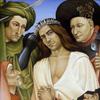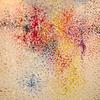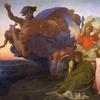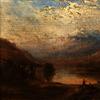Augusta Savage: Renaissance Woman
- NEW YORK, New York
- /
- July 21, 2019
Artist Augusta Savage (1892–1962) overcame poverty, racism, and sexual discrimination to become one of America’s most influential 20th-century artists. Her sculptures celebrate African American culture, and her work as an arts educator, activist, and Harlem Renaissance leader catalyzed social change. A current exhibition (through July 28) at New-York Historical Society explores Savage’s lasting legacy through her own work and that of the younger artists she inspired, including Jacob Lawrence (1917–2000), Gwendolyn Knight (1913–2005), and Norman Lewis (1901–1979). Through more than 50 works of art and archival materials, it illuminates Savage’s artistic vision, as well as her profound impact on her students and her community.
Augusta Savage: Renaissance Woman is a timely, visual, exploration of the fascinating life and lasting legacy of Augusta Savage, with an accompanying catalogue.
Augusta Savage: Renaissance Woman is curated by Jeffreen M. Hayes, Ph.D. and organized by the Cummer Museum of Art & Gardens with support from the National Endowment for the Arts and the Sotheby’s Prize. It is coordinated at New-York Historical by Wendy N. E. Ikemoto, Ph.D., associate curator of American art.












100x100_c.jpg)

